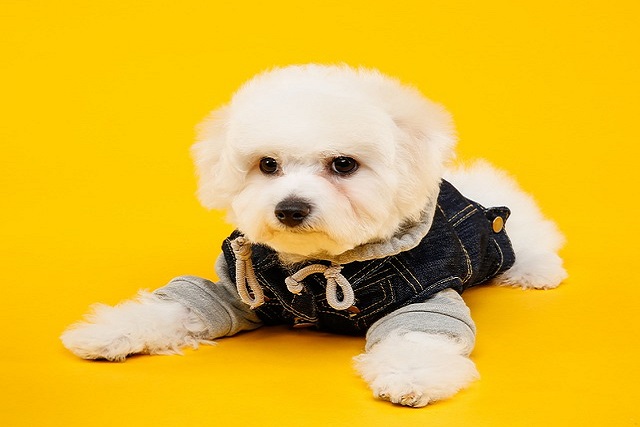
How can I tell if my dog's heatstroke is serious
Let’s be real: It’s a sticky August morning in Los Angeles, and you took your 2-year-old Golden Retriever, Max, for a walk a little later than usual
Walking your dog on a sunny day sounds idyllic – until the pavement burns your bare feet, and your pup starts panting like they’ve run a marathon. If you’re new to dog parenting in places like Arizona or Texas, hot weather walks can feel stressful instead of fun. But with a little planning, you can keep your furry friend safe, cool, and happy even when the mercury rises. Let’s break down how to make summer walks worry-free.
First, let’s understand why hot weather is tricky for dogs. Unlike humans, who sweat to cool down, dogs rely almost entirely on panting to release heat – and that system struggles when the air itself is sweltering. Their paw pads are extra vulnerable: pavement can reach 140°F when the air is just 85°F, hot enough to burn their sensitive skin in seconds. My neighbor in Phoenix learned this the hard way with her Dalmatian, Max, who limped home after a midday walk. Now she checks the pavement first, and Max trots happily without discomfort. Brachycephalic breeds (think Pugs or Bulldogs) face even bigger risks – their short snouts make panting less effective, so they overheat faster.
Timing is everything. Skip midday walks entirely – the sun is highest between 10 a.m. and 4 p.m., making both air and pavement temperatures dangerous. Instead, shift walks to early mornings (before 7 a.m.) or evenings (after 7 p.m.) when the sun dips. In my Texas neighborhood, I take my Border Collie mix, Charlie, out at 6 a.m. – the air is cool, the pavement is mild, and he gets his energy out without stress. Before heading out, test the pavement with the “5-second rule”: place the back of your hand on the sidewalk. If you can’t hold it there comfortably for 5 seconds, it’s too hot for their paws.

Pack smart for the walk. Bring a collapsible water bowl and small water bottle – offer sips every 10 minutes, even if they don’t seem thirsty. A lightweight cooling harness (soaked in cold water before the walk) can help lower their body temp – my friend in Las Vegas swears by this for her German Shepherd, Luna, who stays cooler and more relaxed. Keep walks shorter than usual too – 15-20 minutes is enough on hot days, with plenty of shade breaks. If your pup starts lagging, panting heavily, or slowing down, head home immediately – these are signs of overheating.
Now, let’s cover the must-knows for responsible pet parenting. Rabies vaccines aren’t just recommendations – they’re legally required in every U.S. state, and many cities (like Miami) ask for proof before letting your dog into public parks. Always carry extra biodegradable poop bags – fines for leaving messes start at $50 in most areas, and it’s basic community respect. If your dog gets restless from shorter walks, use positive reinforcement instead of scolding: play indoor games like “find it” with treats, which burns energy without the heat risk. Punishment only builds fear, while rewards teach them calm behavior is worth it.
Apartment dwellers, note this: After walks, wipe their paws with a cool cloth to remove hot pavement residue – it keeps your floors clean and prevents them from licking irritants. Never leave your dog in a parked car, even with windows cracked – temperatures can spike to 120°F in minutes, which is deadly.
With these simple steps, hot weather walks can go from stressful to enjoyable. Your pup gets the exercise they need, and you get peace of mind knowing they’re safe – that’s what makes summer with your dog truly special.

Let’s be real: It’s a sticky August morning in Los Angeles, and you took your 2-year-old Golden Retriever, Max, for a walk a little later than usual

You're enjoying a summer afternoon at the park when you notice your dog has stopped panting and appears disoriented - their gums are bright red

Let’s paint the picture: You’re in your Denver apartment, watching your 4-year-old Boston Terrier, Ruby, plop down mid-play session with her favorite toy

Many dog owners notice their pets nails seem shorter after regular walks,but how much does this daily activity actually help?The answer depends on where you walk—concrete sidewalks or asphalt streets gently file nails as a dog's paws hit the ground

Most dog owners notice their pup scooting across the carpet at some point, but few connect it to impacted anal glands. These small sacs near a dog’s rectum secrete a scent for marking territory

Most vets agree that regular dog teeth cleaning is key to avoiding painful dental issues later. For healthy adult dogs, a professional cleaning at the vet’s office every 12 to 18 months usually works well.